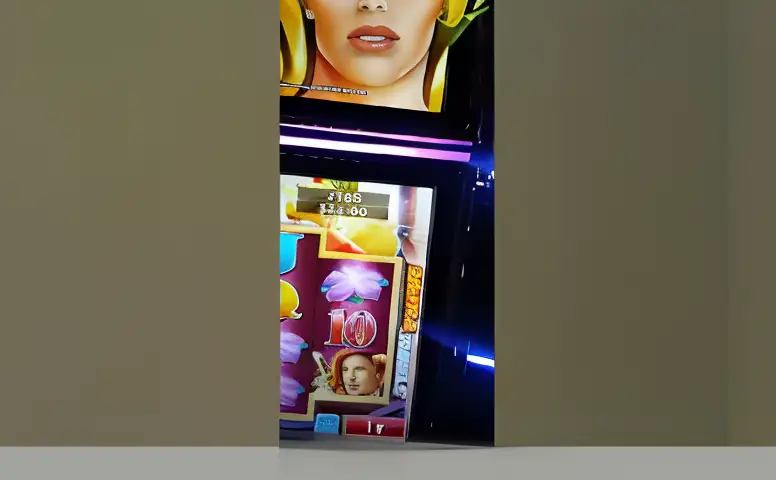Why Solana’s Swap and dApp Integration Are Game-Changers for Crypto Users
So I was thinking about the way we interact with blockchains these days—especially Solana. It’s fast, sure, but what really caught my eye recently is how its swap functionality and dApp integration are shaping the user experience. Wow! The whole ecosystem feels like it’s evolving at a breakneck speed, but with some very clever design choices that make it feel surprisingly intuitive.
At first glance, swaps on Solana might seem like just another decentralized exchange feature. But then I realized, it’s actually more seamless and low-cost compared to other networks. Seriously, I remember the last time I tried swapping tokens on Ethereum and ended up paying gas fees that made me cringe. Here, those fees are almost negligible, which changes the game entirely.
Here’s the thing. The speed and efficiency don’t come out of nowhere. Solana’s architecture is designed to handle thousands of transactions per second, which means swaps happen lightning fast. But it’s not just the tech—it’s how wallets and dApps plug into this ecosystem, making everything feel cohesive.
Now, let me admit something—I’m biased, but I’ve been using phantom as my go-to wallet, and it’s honestly a breath of fresh air. The integration with dApps is slick, and the swap feature is built right in, so you don’t have to bounce around between platforms. It’s like having a Swiss Army knife for your crypto needs.
On the other hand, I can’t help but wonder how sustainable this user-friendly approach is as Solana’s ecosystem grows. The network’s rapid expansion means more dApps and tokens, but will the swap functionality keep up without compromising on security or speed? Hmm… that’s something to watch.
Let me back up a bit. Swaps on Solana aren’t just about token exchange—they’re about liquidity too. The liquidity pools powering these swaps are often integrated directly into dApps, meaning you can do everything from NFT trading to DeFi lending seamlessly. This interconnectedness is what sets Solana apart, although it might seem subtle if you’re new to the space.
Check this out—there’s this natural flow where your wallet talks directly to multiple dApps without needing a million confirmations or complex setups. The user experience feels streamlined, which is rare in crypto. For example, when I wanted to mint an NFT recently, I didn’t have to fuss with multiple wallets or network switches. The swap feature helped me get the exact token I needed almost instantly.

Of course, not everything is perfect. Sometimes the UI can get a bit clunky when dozens of tokens flood the market, and I’ve noticed that some dApps don’t always update their interfaces quickly enough to reflect token swaps or liquidity changes. But honestly, that’s a minor gripe compared to the overall smoothness.
Something felt off about early Solana wallets, though. They often lacked the polish or security features I expected. But the evolution to wallets like phantom has changed my perspective. The focus on user safety without sacrificing convenience is very very important, especially for newcomers who might be wary of losing funds.
Digging deeper, the way Solana’s smart contracts interact with swaps is fascinating. Unlike Ethereum’s sometimes sluggish confirmations, Solana’s programs execute quickly and efficiently, which encourages developers to build more sophisticated dApps that rely on real-time swap rates. This has led to some creative financial products that feel more responsive and less clunky.
Okay, so check this out—the dApp integration doesn’t just stop at swaps. There’s a whole network effect where your wallet can be your gateway to games, marketplaces, and even social platforms on Solana. This means your tokens and NFTs aren’t siloed; they become part of a broader, interconnected experience. That’s a pretty big deal.
Initially, I thought having so many dApps integrated into one wallet might be overwhelming or confusing. But then I realized the opposite: it simplifies things by reducing the friction of moving assets around. The deeper you get into the ecosystem, the more you appreciate this convenience. Though actually, some users might find the sheer volume of options a bit much, especially if they’re just starting out.
One thing that bugs me is the occasional lag when the network faces congestion—even if it’s rare. It reminds me that no system is flawless, and users need to stay vigilant. Plus, with the rapid pace of development, some new features in dApps might break compatibility with wallets until updates roll out.
Still, the way Solana’s swap functionality and dApp integration come together in wallets like phantom is a glimpse into the future of crypto usability. It’s like we’re moving from clunky, fragmented tools to a more unified, user-centric environment. I’m not 100% sure where it’ll head next, but I’m excited to watch it unfold.
And hey, if you haven’t tried it yourself, I recommend giving it a shot. The low fees alone make it worth exploring, but the seamlessness is what really sells it. Oh, and by the way, since you can interact with DeFi protocols and NFT marketplaces without leaving your wallet, it cuts down on the usual hassle.
To wrap this thought up—though not in the usual way—it feels like Solana’s swap and dApp combo is nudging crypto closer to mainstream adoption. It’s no longer just for the tech-savvy or risk-takers; it’s becoming accessible for everyday users who want to dive into DeFi or NFTs without jumping through hoops. That’s pretty exciting.
Still, I wonder how this ecosystem will handle the inevitable influx of new users and the challenges that come with scaling. Security, user education, and interface design will be critical. But seeing wallets like phantom leading the charge gives me hope that we’re on the right track.





